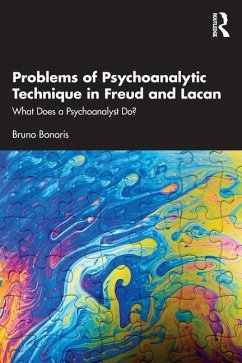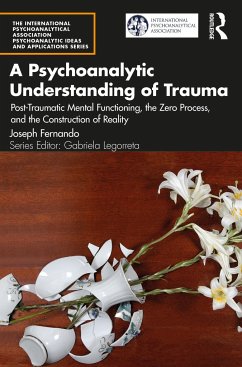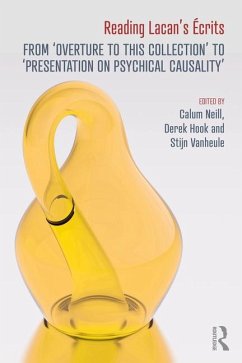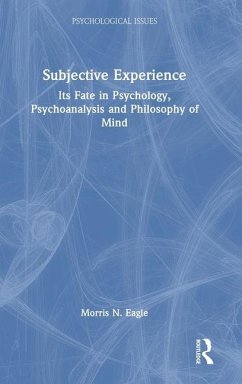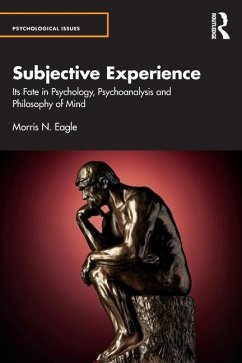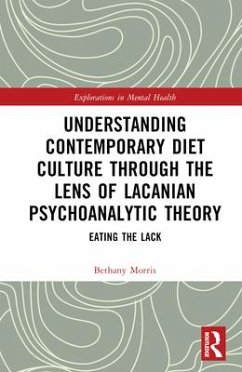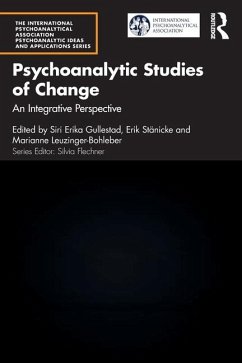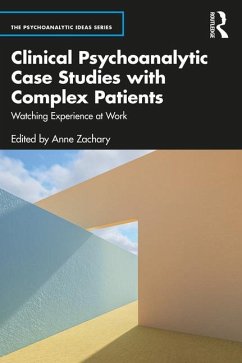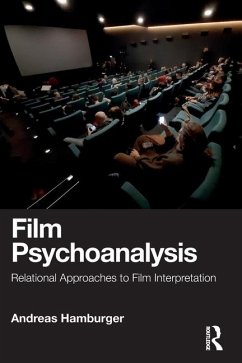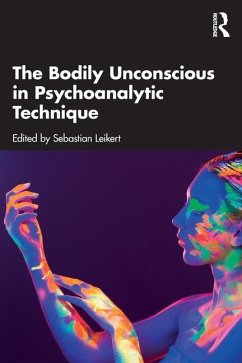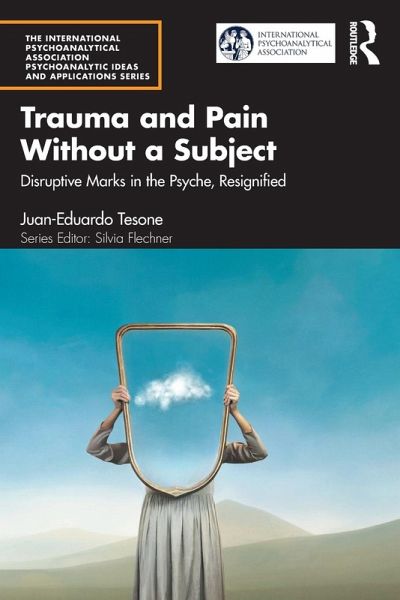
Trauma and Pain Without a Subject
Disruptive Marks in the Psyche, Resignified
Versandkostenfrei!
Versandfertig in 6-10 Tagen
34,99 €
inkl. MwSt.
Weitere Ausgaben:

PAYBACK Punkte
17 °P sammeln!
Trauma and Pain Without a Subject explores the necessity of the subject of trauma emerging, particularly when a victim has experienced but not worked through disruptive situations, in order for unconscious pain to finally be experienced.The book is presented in three parts, with the first, "Transgression and Crime", uncovering silence around the topic of incest and sexual violence within the clinic. The second part, "Between Completeness and Nothingness", develops the topic of sexual violence and considers the construction of femininities and masculinities within the paradigm of a heteronormat...
Trauma and Pain Without a Subject explores the necessity of the subject of trauma emerging, particularly when a victim has experienced but not worked through disruptive situations, in order for unconscious pain to finally be experienced.
The book is presented in three parts, with the first, "Transgression and Crime", uncovering silence around the topic of incest and sexual violence within the clinic. The second part, "Between Completeness and Nothingness", develops the topic of sexual violence and considers the construction of femininities and masculinities within the paradigm of a heteronormative patriarchal society, with reference to Shakespeare's Much Ado About Nothing. The third part, "Yes, We See, But What? What We Hear", explores the intimate relation between the visual and the auditory, especially in relation to hysteria.
Trauma and Pain Without a Subject will be of great interest to psychoanalysts in practice and in training, and to all psychoanalytic practitioners working with trauma.
The book is presented in three parts, with the first, "Transgression and Crime", uncovering silence around the topic of incest and sexual violence within the clinic. The second part, "Between Completeness and Nothingness", develops the topic of sexual violence and considers the construction of femininities and masculinities within the paradigm of a heteronormative patriarchal society, with reference to Shakespeare's Much Ado About Nothing. The third part, "Yes, We See, But What? What We Hear", explores the intimate relation between the visual and the auditory, especially in relation to hysteria.
Trauma and Pain Without a Subject will be of great interest to psychoanalysts in practice and in training, and to all psychoanalytic practitioners working with trauma.





